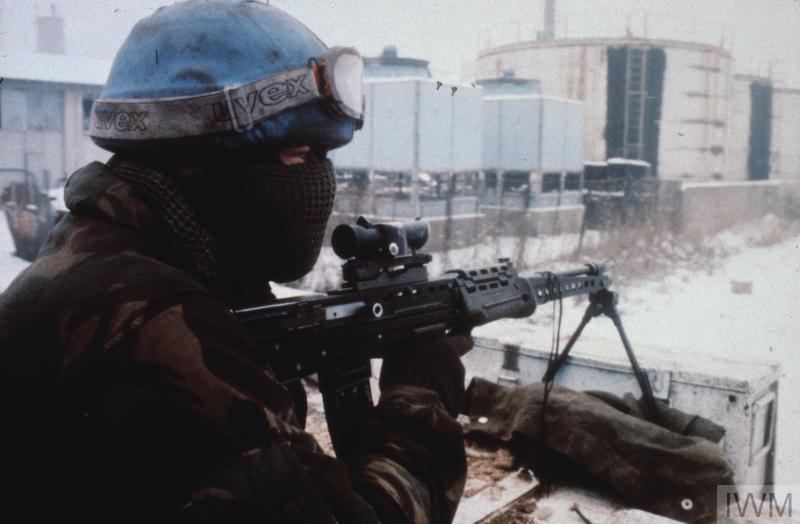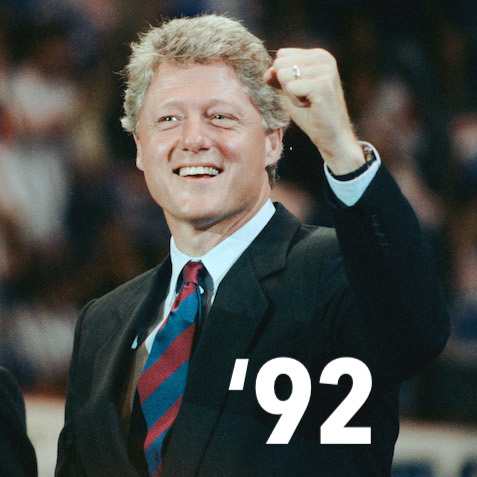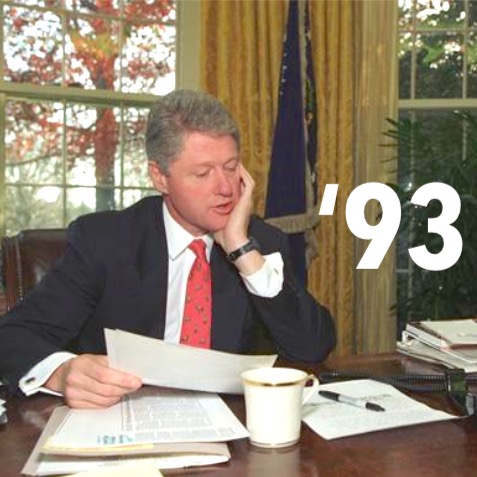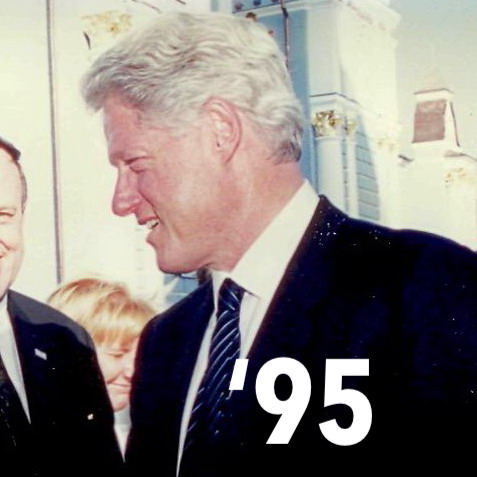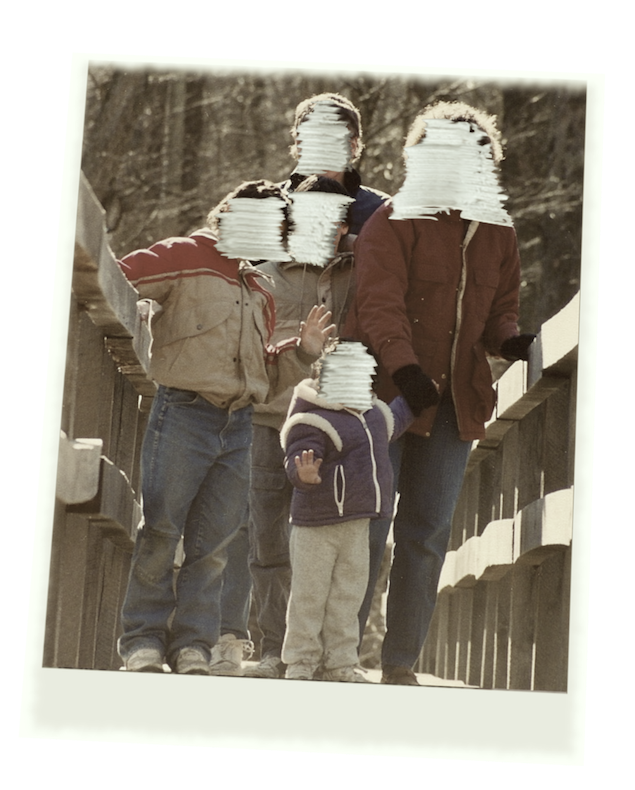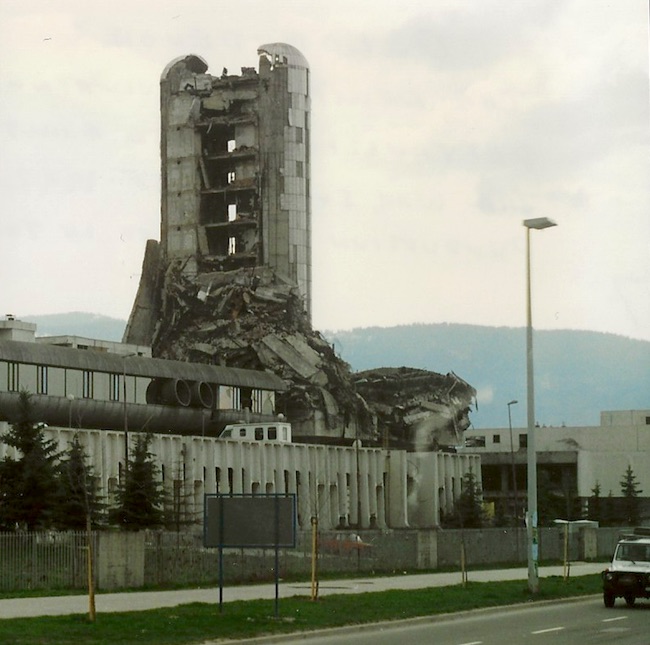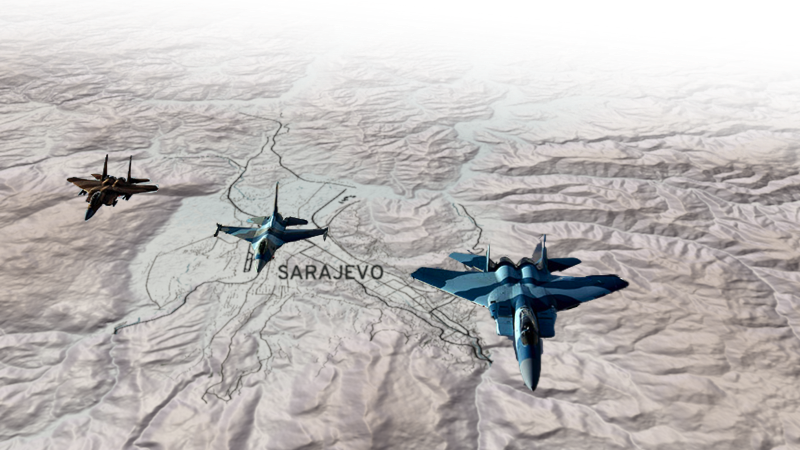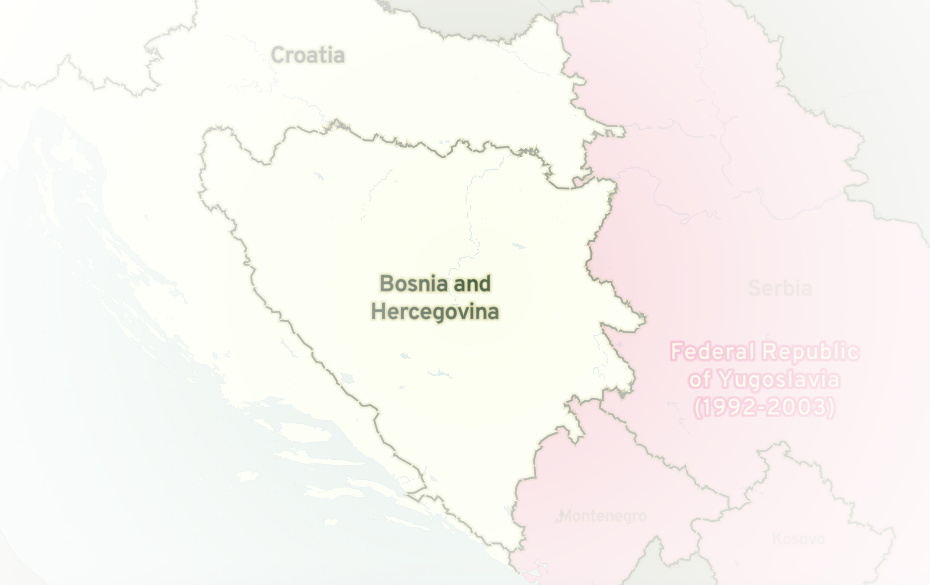What exactly is ethnic cleansing?next page
You might be tempted to think that ethnic cleansing refers to widespread murder and slaughter. That is part of it. But in reality it refers to many other tactics, too.
The attempt to ‘cleanse’ a territory is a political project AND a military project. It is designed to expel whatever people are considered ‘impure.’ This means forcing them to flee: through intimidation, the trauma of rape, terror, murder... and also to destroy all possibility that they might ever return.
A project like this needs to dismantle their spirit and the symbols of their pride: destroying homes, schools, holy places, and famous architecture. It can even mean outlawing a specific language or religion.
All of these tactics happened in Bosnia-Hercegovina.
film clip: ICTY Outreach Programme (0:52 sec)
next page▶
What was happening in the Balkans?next page
There were many groups fighting in the Bosnian war, not simply two countries. Rumors and accusations of ethnic cleansing abounded on every side.

Proof emerged that Croat nationalists were brutalizing Serb and Bosniak prisoners in concentration camps in the southwest region near the Croatian border.
and

Serbs accused Bosniak soldiers of murdering civilians after they won battles in certain towns. This was proven in some instances. In the city of Bugojno, it was proven that city leaders abused and tortured local Croat prisoners they had rounded up.
and

Indisputable evidence now shows that Republika Srpska set up death camps to try and create a ‘pure’ state where only Serbs would live. People were forced to use the Serbian alphabet. Property was seized from non-Serbs. A common slogan painted onto buildings was: THIS IS SERBIA!
In addition, Serb paramilitaries directed attacks against any kind of non-Serb population: Muslims, Ukrainians, Romanians, and others who lived in BiH. In the Krajina region, they persecuted the Croat minority. And in Kosovo, it was against the ethnic Albanians living among Serbs.
next page▶
What did the commanders know about it?
One important distinction of ethnic cleansing, vs. war crimes more generally, is whether the actions are part of an official policy as opposed to brutality done by soldiers intermittently in the fog of war.
For example, Mr. Karadžić issued Directive No. 7. He specifically ordered his army to make life unbearable for Muslims in the town of Srebrenica, so they could not possibly stay and survive.
 image courtesy of the ICTY
image courtesy of the ICTY
